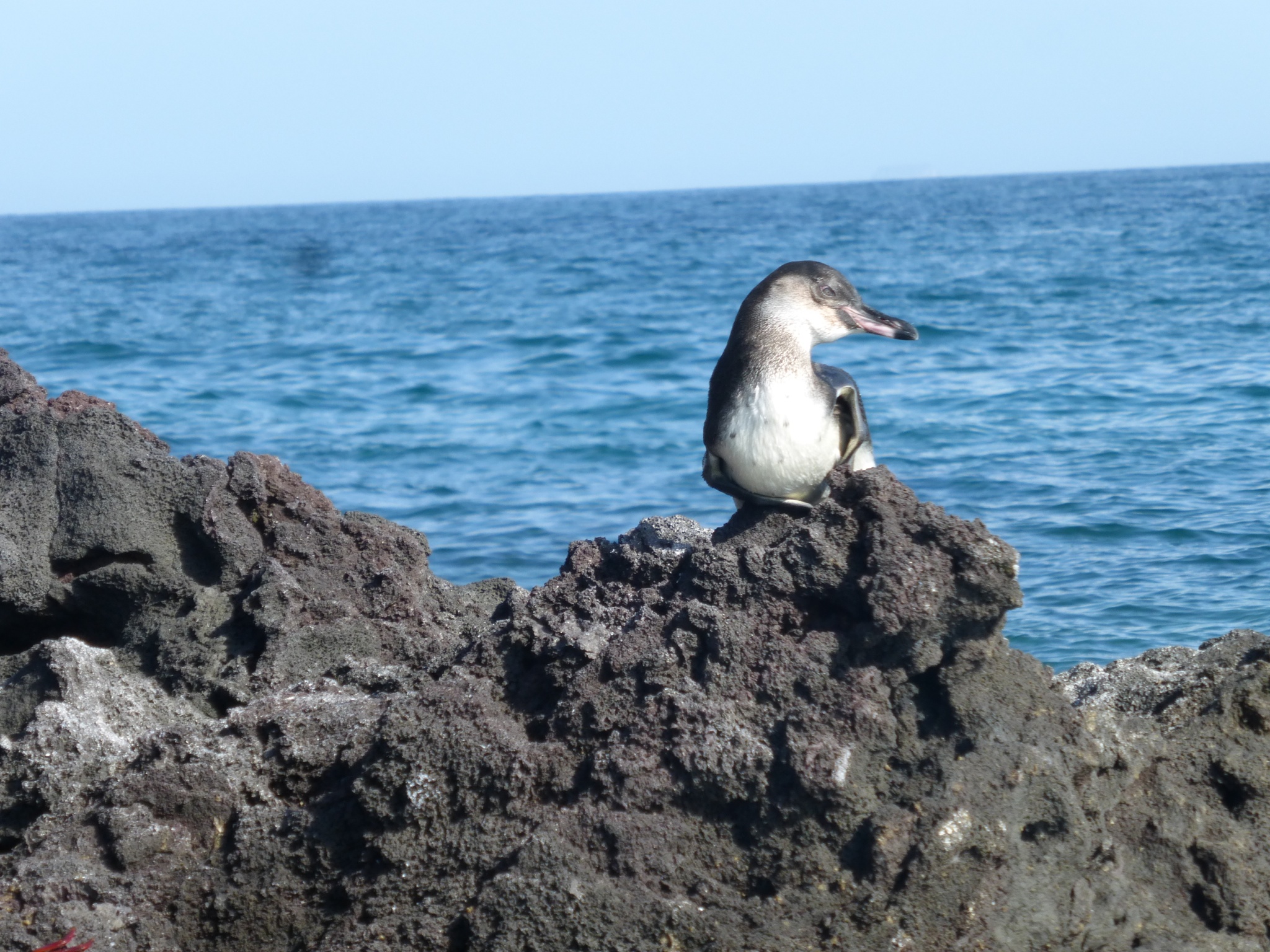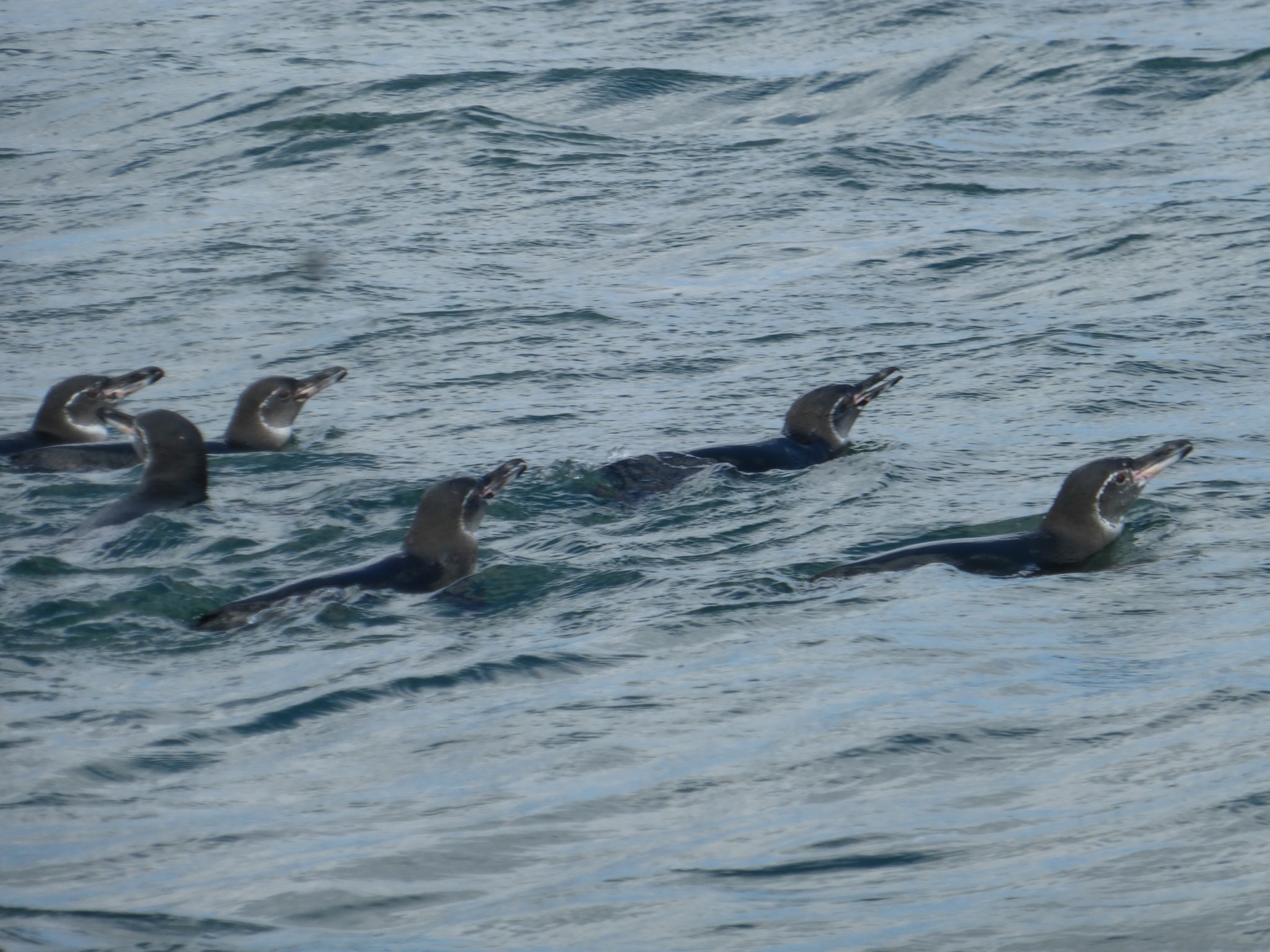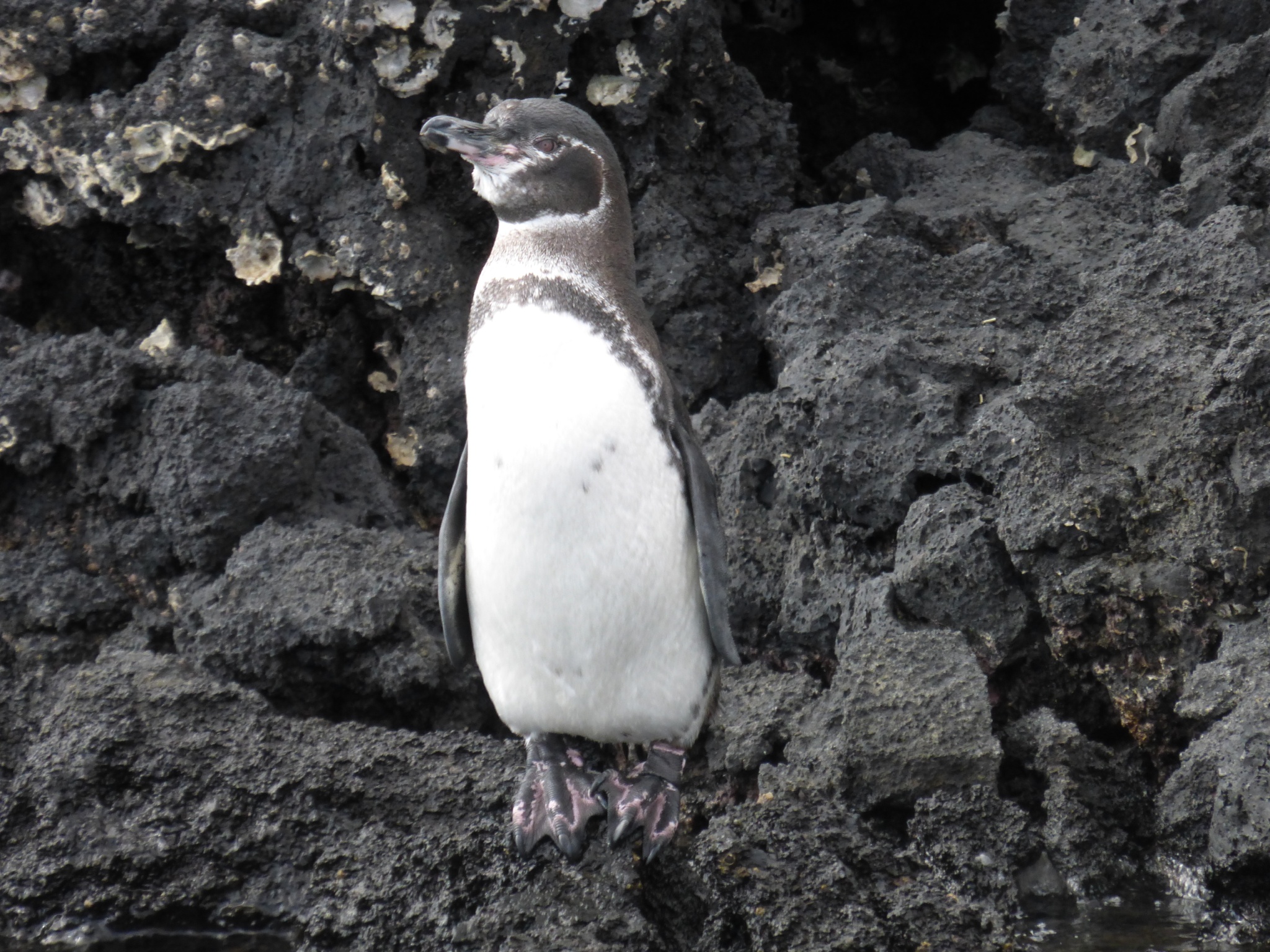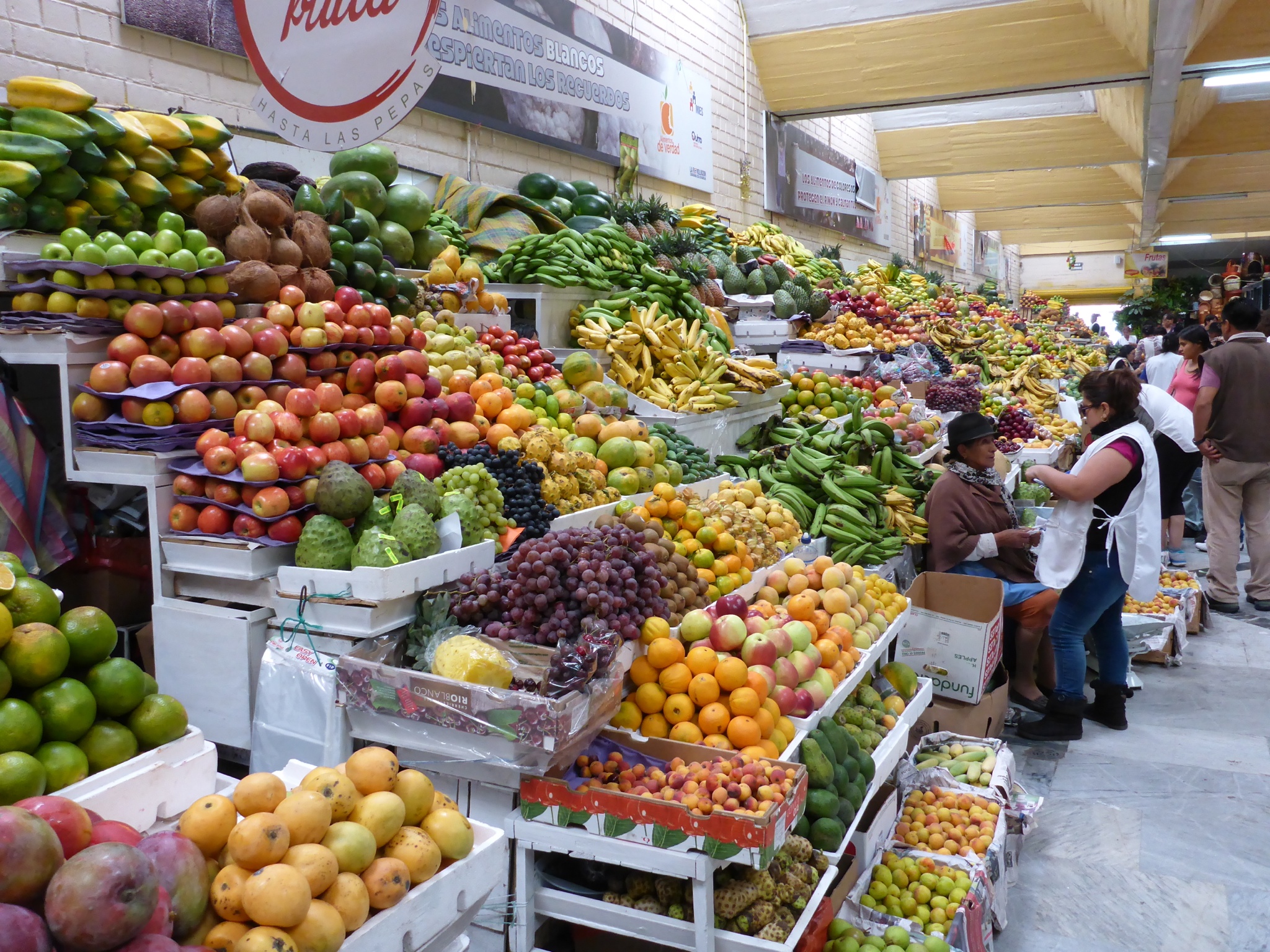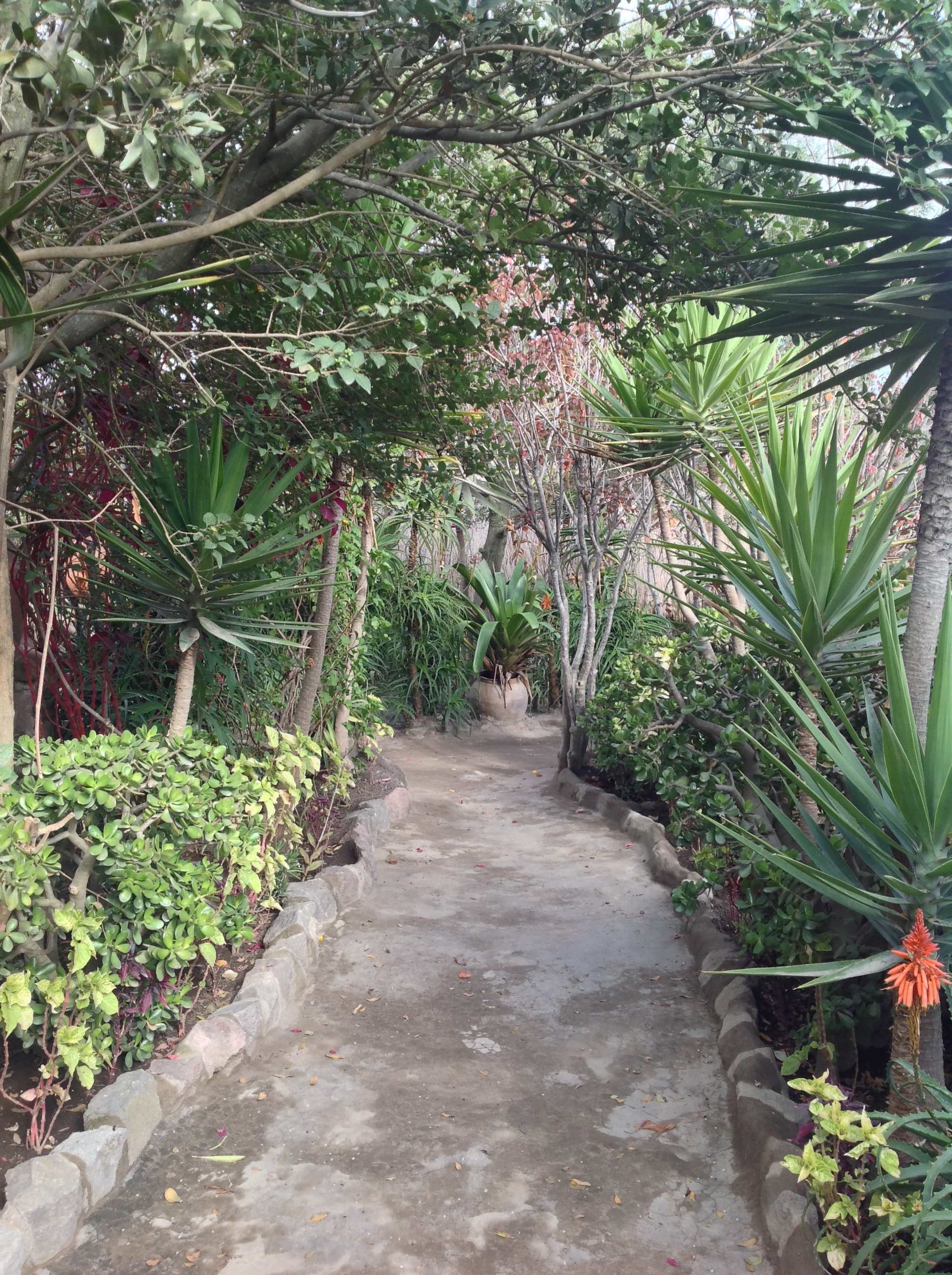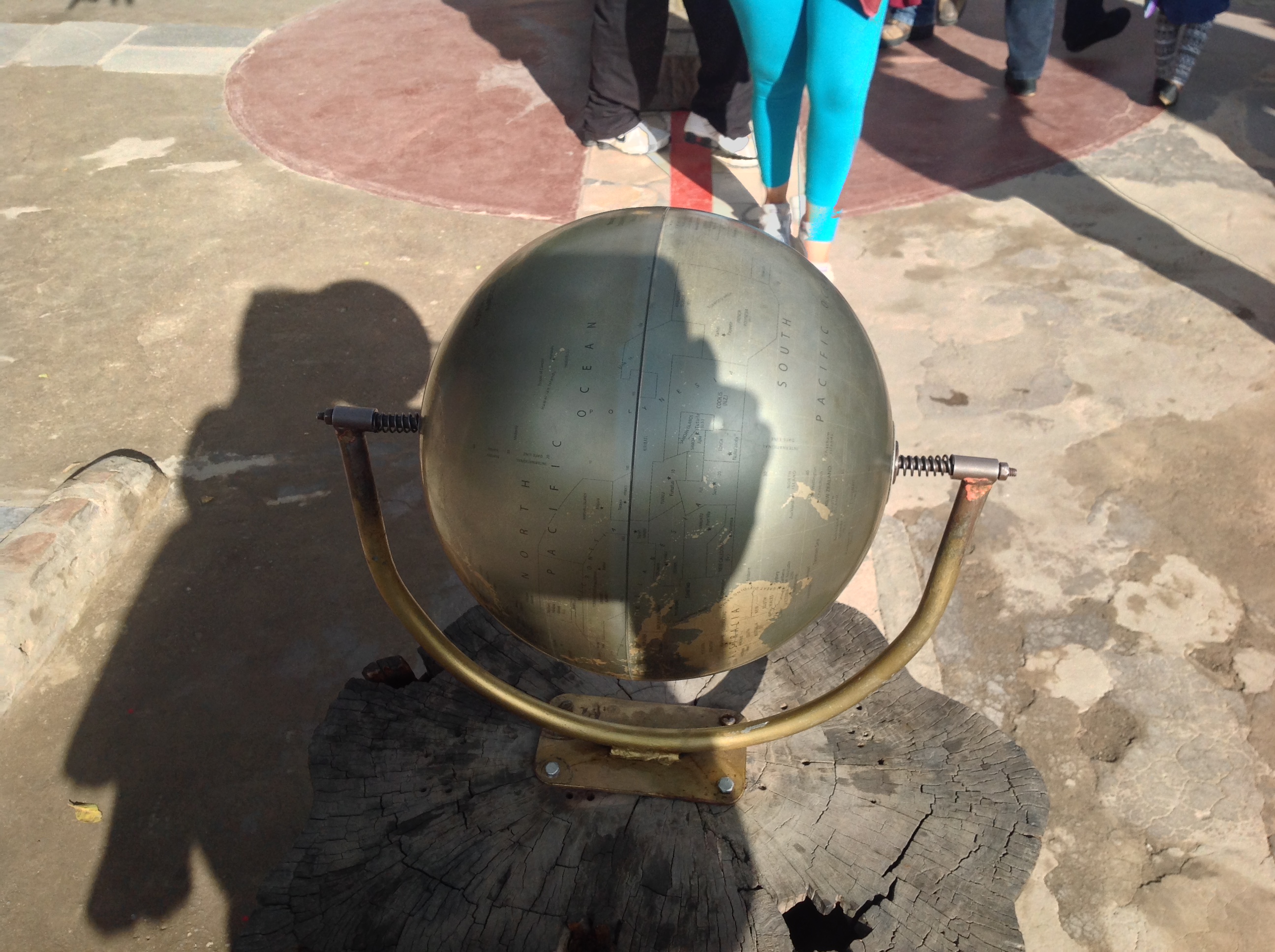I have to admit I’m pretty old fashioned when it comes to calling a cab. Ideally, I would prefer to hail a cab on the street by waving my arm over any other method, even Uber. A lot of people who know me always seemed puzzled by this, especially since I love efficiency and convenience. In both of those areas, Uber clearly excels. My response is always the same, cabs preserve anonymity, especially if I pay with cash.
I explained my reasons for preferring cabs over Uber to a friend of mine the other day who, incidentally, is 10 years my junior. “Oh,” he replied, nodding his head slightly. “I get it, you still believe in privacy.” I paused for a moment when he said this. Did I really think I could protect my privacy by refusing to use Uber when I so willingly sign away my soul agreeing to lengthy terms of service every time I use a new app? The more our privacy rights are infringed upon (e.g. surveillance cameras, lengthy terms of service agreements, etc.), the less likely we are to notice, resist, or object to them over time. And yet we do it all the time and make compromises for the convenience and thrill of using technology.
People may enjoy publicly displaying and broadcasting the best, the juiciest, and the most exciting parts of their lives through various social media channels, but they often do so from a personal, private device. Sometimes smartphones (and other handheld personal devices), actually enable people to have privacy. Contained in one device could be hundreds of personal, private bits of content such as photos, “sext” messages, notes, drawings, voice mails, all of which can be guarded and protected.
My friend also mentioned that a lot of people use Snapchat, a messaging service that deletes the message seconds after the recipient has opened and viewed it. This may not fall under a traditional definition of privacy, but I would feel more inclined to discuss private and personal things if I knew a record of the details wouldn’t (or couldn’t) be preserved.
As we bumble along trying to redraw and establish the boundaries of privacy, I find myself continually wondering about what it means to have privacy and the impact of digital communications and social media on my rights.
So who, exactly, is constructing the concept of “privacy” these days?




